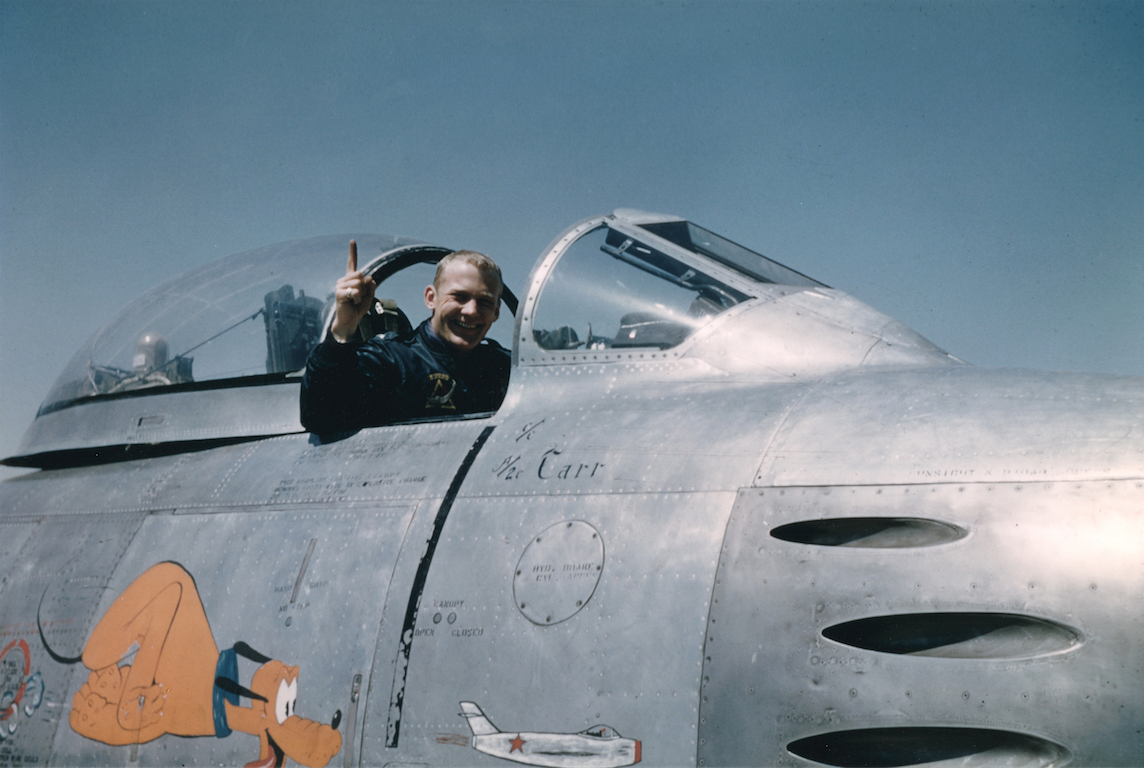The 50th anniversary of the iconic Moon landing of 1969 has brought fresh attention to the astronauts of Apollo 11 who made that epic and iconic journey. Along with Neil Armstrong and Michael Collins, Edwin “Buzz” Aldrin was part of the Apollo 11 crew and was the second man to walk on the lunar surface. He acted as the lunar module pilot for the mission and his aviation skills were second to none. Although Aldrin is of course famous for his role in the very first manned Moon landing, he was not there by accident. As well as being the first astronaut with a doctoral degree, Aldrin was a highly experienced pilot in the US Air Force who served with distinction during the Korean War (1950-53).
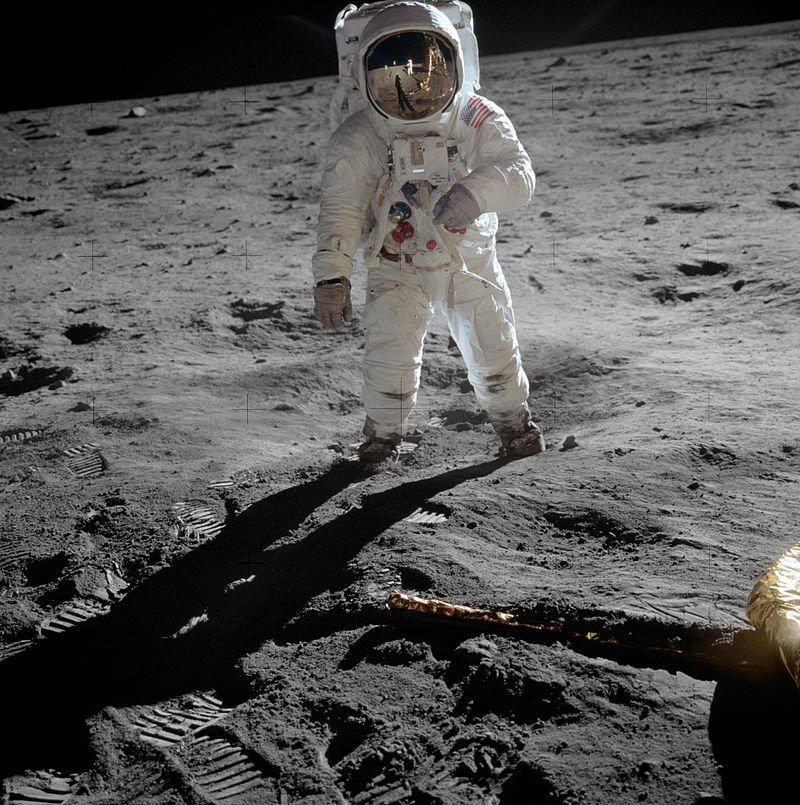
An able student, Aldrin entered the United States Military Academy at West Point in 1947 and graduated third in his class in June 1951 with a Bachelor of Science degree in mechanical engineering. By this time the Korean War was fully underway and Aldrin volunteered to join the US Air Force. Commissioned as second lieutenant, he trained as a jet fighter pilot and learned to fly the F-80 Shooting Star and F-86 Sabre.
Upon completing his training Aldrin was assigned to 16th Fighter-Interceptor Squadron and was based at Suwon Air Base south of Seoul, South Korea. Suwon had been captured by the North Korean Army in 1950. It was recaptured two months later before it was evacuated during the Chinese Third Phase Campaign of January 1951. The base’s buildings were destroyed during this period and although American forces recaptured it on 28 January 1951 it was in poor condition. Nevertheless, Suwon was extensively used for F-86 patrols along the Yalu River and “MiG Alley”. It was in this context that Aldrin saw active service in Korea from December 1952.
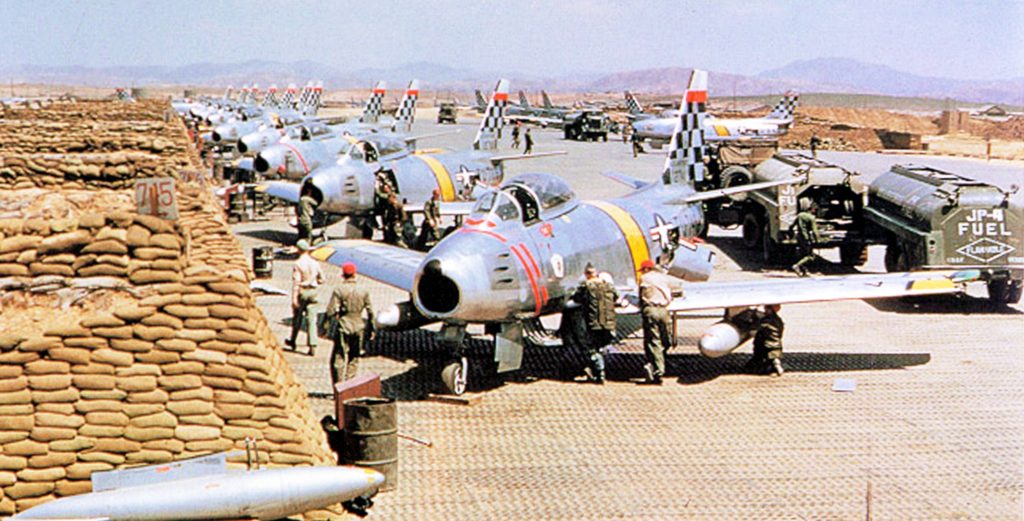
Aldrin flew 66 combat missions in F-86 Sabres during the war and was credited with shooting down two MiG-15 enemy aircraft. His first aerial victory was on 14 May 1953 when he was flying south of the Yalu River. Two MiGs flew below and Aldrin opened fire on one of the aircraft. The MiG was shot down and Aldrin’s gun camera took footage of the enemy pilot ejecting from his damaged aeroplane. The dramatic images were published the following month in Life magazine.
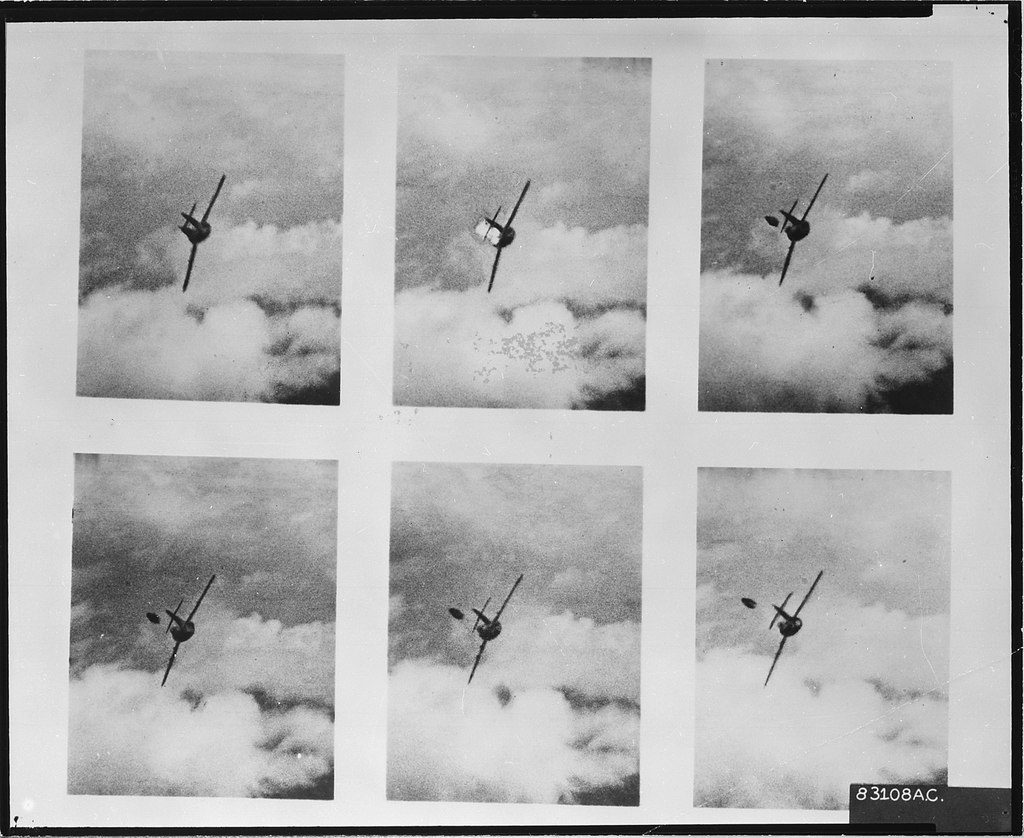
On 4 June 1953, just a few weeks after this incident, Aldrin achieved his second aerial victory. While accompanying American aircraft from 39th Fighter-Interceptor Squadron during an attack on a North Korean airbase, Aldrin’s F-86 could not keep up speed with his 39th counterparts. During the mission, a MiG approached Aldrin aircraft from above and they engaged in combat.
Using “scissor” dogfight manoeuvres, the two opposing aircraft each attempted to get behind the other. Aldrin managed to get behind the MiG first but his gun sight jammed in the process. He instead sighted his gun manually and fired at the MiG before pulling out of the clash at low altitude. His shots had hit their mark and Aldrin saw the pilot eject although he was not sure whether there had been enough time for the parachute to open.
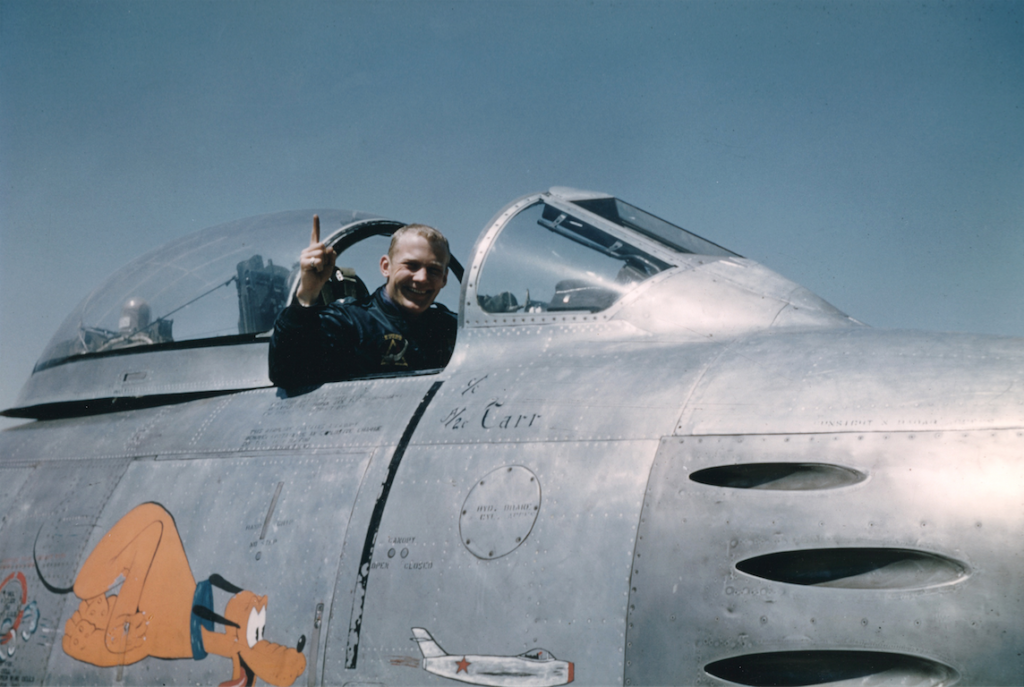
Aldrin completed his tour of Korea in December 1953 and was awarded two Distinguished Flying Crosses and three Air Medals for his service. He went on to become an aerial gunnery instructor and later flew F-100 Super Sabres that were armed with nuclear weapons in Germany. Aldrin’s active service in the US Air Force greatly contributed to his being selected as an astronaut for NASA in October 1963.
Applicants were required to have extensive test pilot experience or 1,000 hours of flying time in jet aircraft. Although he was not a test pilot, Aldrin had more than enough of the required jet experience. Since joining the air force, he had accumulated over 2,500 hours of flying time, 2,200 of which were in jets. 66 combat missions would have significantly contributed to this tally. Like his fellow air veteran Neil Armstrong; the Korean War was an important first step for Aldrin’s journey to the Moon.
For more fascinating stories from military history why not purchase a subscription to History of War? For more information visit: www.myfavouritemagazines.co.uk
